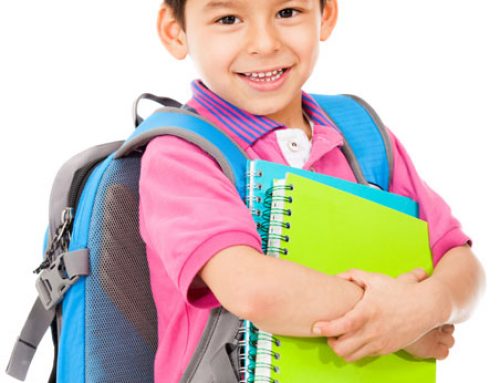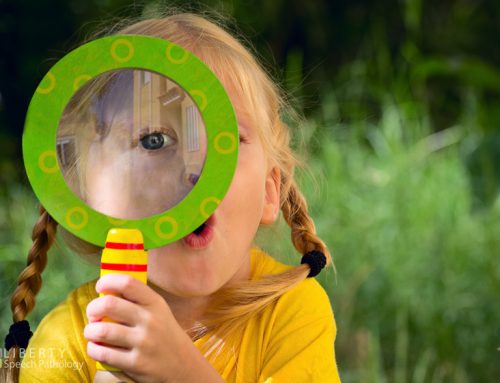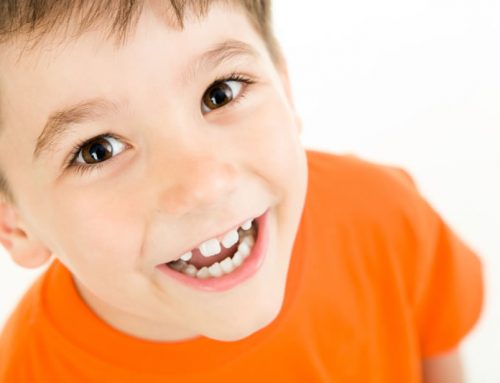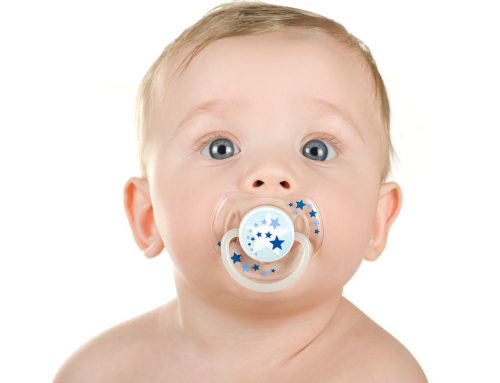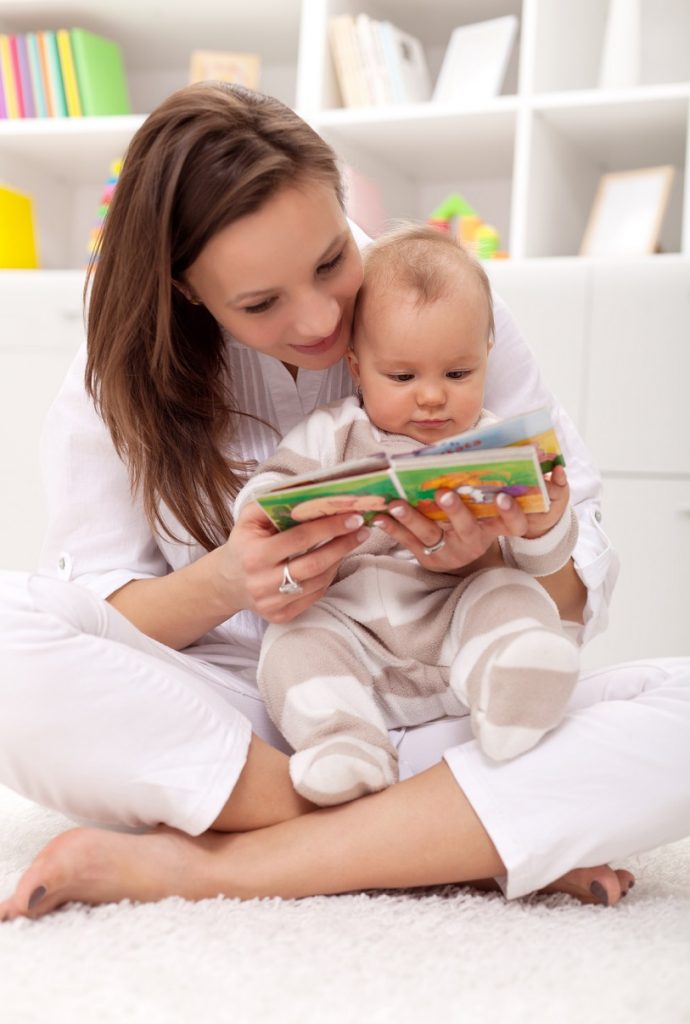
By Rosalie Zerna, B.Speech Pathology
“The Very Hungry Caterpillar”, “Who Sank the Boat”, “Spot”, “Just Shopping with Mum”, “Possum Magic”….are just a few of the favourite books from my childhood!
I have many fond memories of books that were read to me by my parents and grandparents growing up. As well as being a fun and engaging way to interact with your child, books have an important place in the development your child’s speech, language and literacy. Reading provides foundational skills for a lifetime of storytelling and communicating.
Shared book reading helps to develop the pre- literacy skills that your child will take with them as they enter kindergarten and school. Reading starts with reading aloud to your child, so you can later read together, then they can read to you. Children develop and create their own stories to become little storytellers themselves.
Why is it important to read to my children from birth?
We know that children love stories, but why is reading crucial to a child’s development?
According to the U.S Department of Education’s book on ‘Becoming a Nation of Readers’, the single most important activity for building knowledge for eventual success in reading is reading aloud to children. Here are a few reasons why:
- Reading aloud to your baby in a supportive, warm and engaging environment is important for emerging social, thinking and language skills.
- Reading aloud helps children to learn the principles of written language, the sounds in spoken language and the connections between the two. This knowledge of the sound structure is called phonological awareness. It includes the ability to hear, identify and manipulate the sounds and syllables of words.
- As you read aloud to your young child, she/he models your sounds by looking at your mouth. The more you talk and read to your child, the better they will be able to try new speech sounds themselves.
- Reading aloud develops your child’s vocabulary. By the age of three, children’s vocabulary level predicts their school achievements from kindergarten through to third grade. Vocabulary is also linked to later skill development and success in the classroom.
- Reading with your child develops their understanding of language.
- Reading aloud to your young child develops joint attention. They learn to maintain that attention for longer periods of time compared to children who are rarely read to.
- Reading teaches children about sequencing – that a book has a beginning, middle and end; an introduction, problem and resolution.
- Shared book reading time helps children build their ability to understand and answer different kinds of questions. They learn to infer what is happening through pictures, identify problems and think of possible solutions. Asking your child questions builds on their memory and processing of information. Informal questions assist their ability to predict what might happen next based on clues in the pictures and text. Asking questions also develops their spoken language abilities.
- Shared reading and storytelling with your child helps to develop a good sense of imagination, curiosity and ability to ‘think outside the box’.
Reading is both fun and an important bonding experience between you and your child. It lays the vital foundations for speech, language, social, problem solving and literacy development.
When should I start reading to my child?
It’s easy to think that learning to read starts when your child begins school. While children may not be able to read many books until they start school, the ‘learning to read’ process actually starts from the beginning of their life. From birth, babies are ‘reading’ your face, expression, body language and are tuning in to the rhythm and sounds of spoken language.
Reading aloud to your baby is a terrific way to develop their language skills.
If you haven’t started yet and think you might be too late, start today! It’s never too late to begin reading to your child. Try setting specific times to read to your child and incorporate it into your daily activities. Once it’s a habit, you might find it is easier than you think!
How should you read to my child?
Make sure your child has a good view of you and the book. Use intonation as you read. When your child starts making sounds and points to pictures, respond to their sounds and name the pictures. This teaches your child about turn taking and helps grow their attention span as you are both focusing on the same thing. Your baby learns to explore books by pointing to the pictures, reaching for the book and turning the pages.
Most importantly have fun reading with your child! Make the book come to life by changing voices for different characters, say the noises animals and objects make, point and name the pictures. Ask your baby questions (and answer them), for example”, “Where did the dog go?” *lift the flap* “There he is. A cute little dog.” Even though your baby can’t answer the question, it provides the foundational skills of intonation, sentence structure and understanding questions.
Your baby loves repetition, so re-read your favourite books together. This continues to establish routine, and builds on their vocabulary and language skills.
What should I read to my baby?
You can read almost any book to your newborn. They are paying more attention to the intonation in your voice than the pictures on the page or the text being read. There are books especially for newborns which allow you and your baby to explore books together. Some examples include:
Cloth books are great as your child begins to grab and feel, so they can explore and stimulate their senses. They love having soft, rough or crinkly textures, puppets, peepholes and things that make noise.
Use books with large pictures that are easy for your child to focus on and simple, repetitive words. As your child grows they will start to love fold out books, lift the flaps and pop ups. At this stage use board books so it is easy for your child to turn the pages.
As your child gets older, read books that include rhyme, alliteration, alphabet, numbers, faces, routines, silly books, ‘what will happen next’ books, repetition and animal sounds.
Where to start with selecting a book:

Below is a list of books that can help to get you started on the important journey you and your child can share through books.
- Where Is Baby’s Belly Button? By Karen Katz
This is a great book for newborns. It looks at parts of the body (belly button, nose, ears etc) through lifting the flaps. You can also explore where your baby’s belly button is, or where their ears are as you read together. - Baby faces by DK Publishing
All about different expressions and moods of babies. Research shows that babies love looking at other babies. - Look Look by Peter Linenthal
A great book for babies, using black and white contrast with big pictures for your baby to see. - Fuzzy bee and friends by Roger Priddy
A cloth book with big pictures of animals – great for you and your baby to look at together and make animal noises. - Daddy Kisses by Anne Gutman
This book explores the different ways animal dads kiss their babies. Great for bonding with your newborn. - Quack Quack: Baby Touch and Feel by Roger Priddy
This book includes touch and feel textures, rhyme, cute baby animals and animal sounds. - Baby Einstein Mirror Me! by Julie Algner-Clark.
A great mirror book for babies to look at themselves. - Where’s Spot? By Eric Hill
This book has lots of lift the flaps and is good for encouraging children to guess what’s under the flap. - A Sleepy Little Alphabet by Judy Sierra
This book is a bedtime story from Alphabet town. It uses rhyme and humorous illustrations highlighting each letter. - The Hungry Caterpillar by Eric Carle
One of my all-time favourites! Explores the days of the week, builds vocabulary of foods, caterpillar development, and repetition. - Where is the Green Sheep by Mem Fox
This book looks at colours, repetition, rhyme. Also good for guessing “what will happen?” - Guess How Much I Love You by Sam McBratney
This lovely book can be read over and over expressing your love for your child. One of my favourites! - Mr. Brown Can Moo, Can You? by Dr Seuss –
This book looks at animal sounds, repetition and rhyme. - Goodnight Moon by Margaret Wise Brown
This book is about finding all the little items in the book (comb, brush, mittens, kittens) - Sheep in a Jeep by Nancy E. Shaw
This is a quick, short, silly rhyme book kids will love. - Touch and Feel Bathtime by Dorling Kindersley
This book is great for sensory and language development through touch and feel elements. It helps baby explore their world! - The Going to Bed Book by Sandra Boynton
This book explores animals getting ready for bed, in a silly rhyme kids will love. - Tails by Matthew Van Fleet
This book looks at tails of different animals through rhyme and bright colours. It includes pulls, tabs, flaps, fur and a scratch and sniff skunk tail. Also includes counting, opposites and how animals use their tails. - Curious Baby: My Curious World by H. A. Rey
Who doesn’t love Curious George! This book includes many tactile experiences using bright and lively colours. The book unfolds into one long strip with many activities for the baby to enjoy. With ribbons, mirrors, crinkly materials (for noise), this is a great ‘adventure’ book! - Big Red Hen by Margaret Wild
This book has lots of repetitive text and big pictures about baby chickens. - The Day the Crayons Quit by Drew Daywalt
This is fairly new book I discovered recently. It’s very colourful, humorous and teaches kids about colours through funny stories of the crayons quitting their job.
If you are concerned about your child’s speech, language or literacy skills it’s a great idea to seek out speech pathology support to check your child’s development and current skills. Speech Pathologists assess speech and language skills to see how your child’s abilities compare to other children their age. Speech pathologists use fun and engaging methods of therapy to help your child get on track with their communication skills.
For more information about speech pathology services go to www.libertyspeech.com.au
By Rosalie Zerna (B. Speech Pathology)
References:
Bouma, A. (2003). Little Ones Reading Resource. Retrieved on 19/03/14 from http://www.littleonesreadingresource.com/importance-of-reading-to-children.html on 19/03/14
Dodici, B. J., Draper, D. C., & Peterson, C. A. (2003). Early parent-child interactions and early literacy development. Topics in Early Childhood Special Education.23. 3. Pg 124-136.
Quick, C. A. (2013). Reading Books to Babies. Retrieved on 19/03/2014 from http://kidshealth.org/parent/positive/all_reading/reading_babies.html#
Seplocha, H., & Strasser, J. (2007). Using picture books to support young children’s literacy. Childhood Education. 83. 4. Pg 219
Von Stockar, D. (2006). The Importance of Literacy and Books and Children’s Development. Retrieved on 19/03/2014 from www.ibby.org/index.php?id=718


